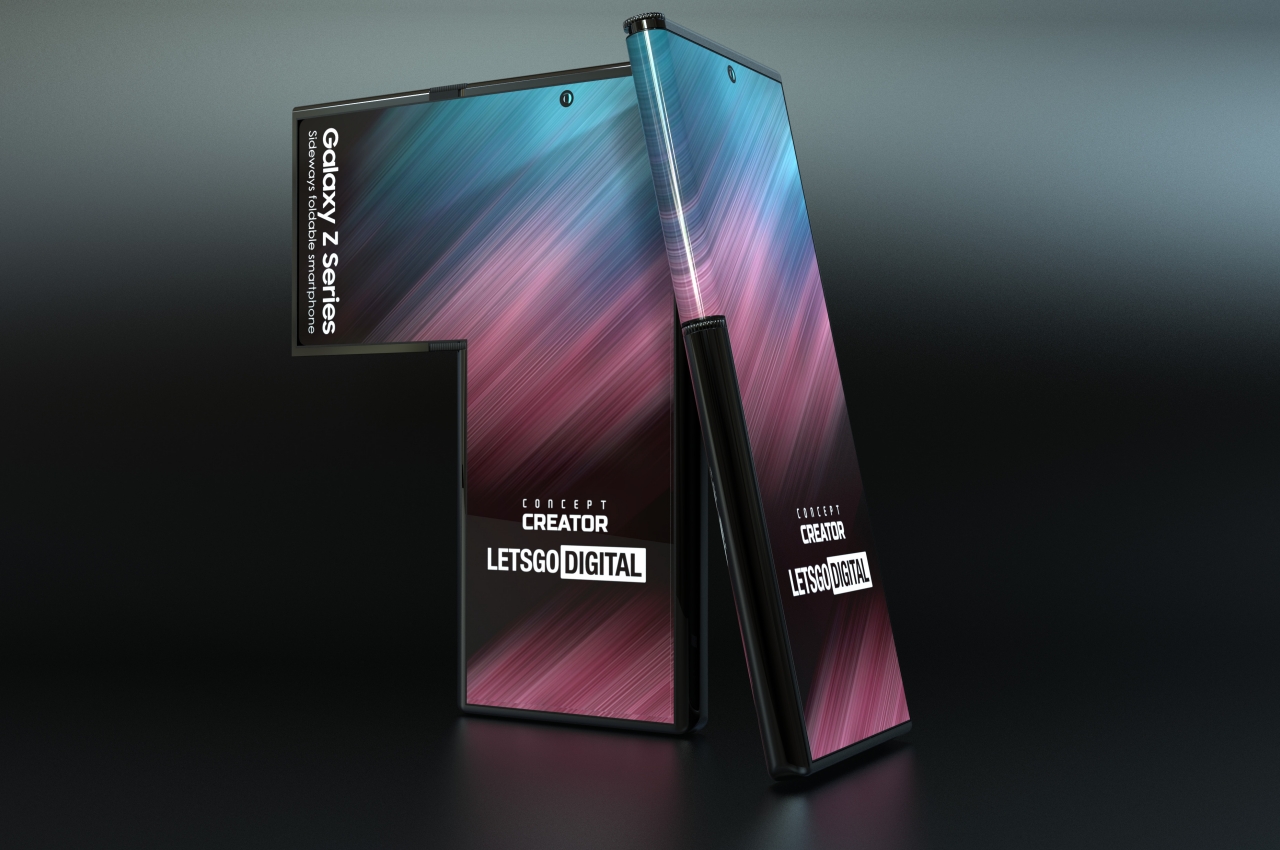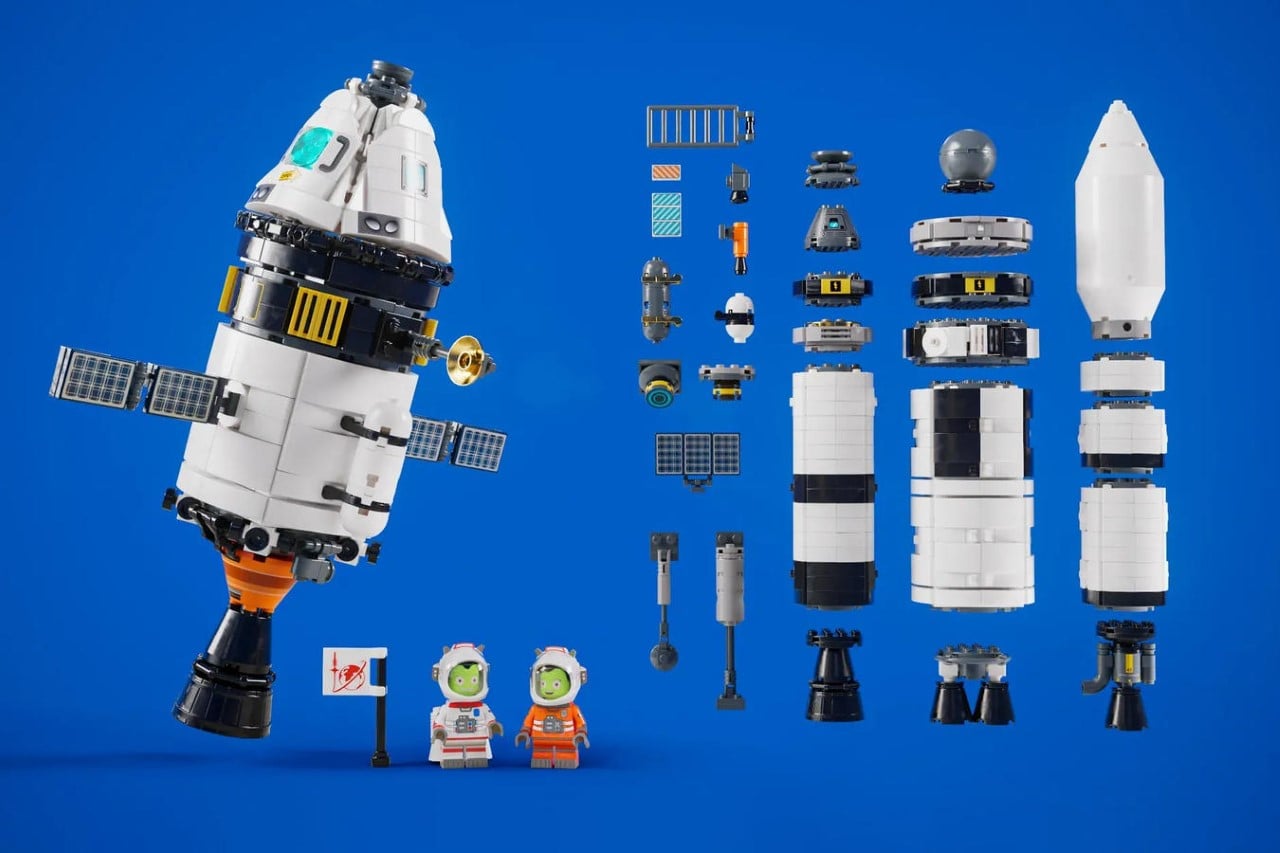#Everything You Need to Get Started Filmmaking – Review Geek

Table of Contents
“Everything You Need to Get Started Filmmaking – Review Geek”

January is the magical time of year when movie buffs from around the world gather at the Sundance Film Festival to enjoy what the best indie filmmakers created the previous year. If you dream about being one of them but don’t know where to begin, we’ve got a list of gear to get you started.
I am a hobbyist filmmaker. I started making films in 1996 with a friend from high school and my parents’ VHS camcorder. I’ve picked up a thing or two in the quarter century that’s passed since then. I’ve written, produced, directed, acted in, and crewed for dozens of short independent film projects. I’ve also been involved in four feature-film projects. I currently have three films that I’ve directed or produced on the festival circuit. So, I have some idea how to get rolling.
The following gear list is just for starters, and while some items might be a little expensive, you can pick up the whole list for about $1,500. And it’s a worthwhile investment because once you have this gear, you can use it over and over again for multiple projects. I’ve tried as much as possible to recommend products I actually use on my sets.
Screenplay Writing App: Fade In

Every film begins in the writing room. And you can’t just use a regular word processor to write a movie script. Well, you can, but I highly recommend against it. Screenplays are formatted the way they are for a reason–because it works. A properly formatted screenplay will guide you through all stages of production, from writing to filming and editing, and post-production.
It’s important to remember that a screenplay is not a piece of literature or art. It’s a production document–a blueprint for a movie. Everyone involved needs to see the same thing. The traditional screenplay format is how your cast and crew literally stay on the same page.
The screenplay program I generally use is Slugline 2, an app developed by veteran screenwriter John August. However, that app is only available for macOS. If you’re running Windows or Linux (or Mac), a great place to start is Fade In. You can download it for free to see how you like it. It’s a lot less expensive and easier to master than industry-standard programs.
A big caveat to this is that if you’re planning on making screenwriting your career in Hollywood, it’s likely best to cut your teeth on what they use in the professional world. Typically, they use Final Draft and Movie Magic Screenwriter.
Remember that the craft of screenwriting is far more critical than the program you choose to write with. If you’re just starting out, I recommend reading Screenplay: The Foundations of Screenwriting by Syd Field to understand the basics of the screenplay format. I also recommend picking up How Not to Write a Screenplay by Star Trek VI: The Undiscovered Country co-writer Denny Martin Flynn. Additionally, having a great example of a finished screenplay is helpful. On my bookshelf, I have the shooting script for the 2010 film The King’s Speech by David Seidler.
Camera: Canon Rebel EOS 7

You don’t need a massive movie camera to make an independent film. An old fashion DSLR photography camera will do. My filming camera is a Canon EOS Rebel T6i. I’ve had it since 2017 and filmed four or five film projects with it. The included lens has a fantastic optical zoom, and you can get additional lenses for more nuanced shots.
Unfortunately, Canon has moved beyond the T6i since I got it. The most recent EOS Rebel model available on Amazon is the T7. This is likely because camera manufacturers are leaving DSLR technology behind in favor of more advanced mirrorless digital cameras. And if you want to spring for one of those, that’s fine with me. But, I’m hanging on to my T6i because it still works flawlessly and captures excellent footage, and there will still be parts and lenses available for it for a long time.
If you choose to get a Canon T7, be sure to pick up plenty of storage cards and extra batteries for those long shoot days. Additionally, consider picking up the book Film Directing Shot by Shot by Steve D. Katz to help you build your cinematography skills before you call “action.”
Also, if the few hundred bucks to invest in a DSLR is too expensive, you have a great movie camera in your pocket right now–your smartphone. The cameras on smartphones are excellent these days, and you can learn the ropes of filmmaking without spending an extra penny if you’re willing to go the no-budget route.
Sound Equipment: Sennheiser MKE 600/TASCAM DR-40

One thing to keep in mind when starting out in film is that what the audience hears coming out of the speakers is just as important as what they see on screen. But, the microphones built into cameras just won’t do. Avoid a rookie mistake and invest in a high-quality boom microphone. The one I use for my projects is the Sennheiser MKE 600, and it’s so powerful that it can pick up an ant fart. So, you’ll want to make sure your crew listens when you call “quiet on set” (be mean about it, trust me, they don’t listen if you tell them to be quiet nicely).
But the microphone itself isn’t enough. You need an excellent recorder to capture that sound. On my sets, we use the TASCAM DR-40. And it’s never failed to capture all the fantastic lines of dialogue I write for my actors.
One more thing you’ll need for sound is a slate. You may call it a “clapper.” It’s the small board you put in front of the camera that has the name of the film, scene, and shot number on it. You clap it down before every take because both the audio and video files have a spike in the waveform. Matching those up in the editing phase is critical to making sure that your actors’ mouths match the lines of dialogue they’re giving.
Lighting Kit: Neewer 2 Pack Lighting Kit

Lighting is one of the most crucial elements of any film shot. The wrong light and a character can seem sinister instead of cheerful. One of the worst errors a beginner filmmaker can commit is relying on indoor fluorescent bulbs to light the scene. If you want your actors to look the worst they possibly can, do that. However, you can fix this problem by investing in a simple lighting kit.
This is one of the sections of this guide where I can’t recommend that you use what I use. Because I have a good friend who is a lighting whiz and has accumulated a great deal of equipment over the years, there’s no way you’ll be able to afford that as a beginner filmmaker. However, the Neewer 2 Pack Lighting Kit looks great to me. This kit has everything you need to ensure your actors are correctly lit for your film.
These starter lights will help you learn the ropes of proper lighting until you find your own lighting guy–more on this in a minute. You also may want to check out the book Lighting for Cinematography: A Practical Guide by David Landau to give you an idea of how to give your scenes the feel you want.
Editing Software: Hitfilm

Once you’ve wrapped production and sent all your actors home, it’s time to combine those long hours and hundreds of takes into a finished movie. And you’ll need a solid video editing program to do it. However, industry-standard products like Final Cut, Adobe Premiere Pro, and Avid can get expensive, and at this point in your project, you’ve probably already spent all your money. Plus, video editing is a painstaking task. It can take hundreds of hours just to become a competent video editor, let alone a master.
For the beginner filmmaker, I recommend Hit Film. It’s a free program that can handle all the high-quality video footage and sound files you want to put into it. I also think it’s suitable for beginners because it has a wealth of training features that let you cut your teeth on your starter projects and hone your skills. You can buy more modules with advanced tools as you improve and branch out into more refined territory. It’s a program that grows with you. And it won’t break the bank with subscription fees. Plus, what you learn using Hit Film can easily be applied to industry-standard editing suites.
Get a Little Help From Your Friends (Or Make Some New Ones)

There’s a saying in the film industry: “It ain’t show friends, it’s show business.” But, from my perspective, it absolutely is “show friends.” Remember how I said I started out in the 90s with a high school friend? I still make movies with him. Granted, we never went to Hollywood and struck it big (I’m actually thankful for that). But we have, over the years, accumulated a small but loyal film troupe, a group of people that gets together once or twice a year to make some really compelling material. We’re all experts in our given areas. And we produce our movies out of the love of making them.
So, how do you find your film troupe? I want to tell you that it’s easy but takes a long time. But I’d rather pay the price in time to find good, loyal, competent people I love to make movies with than raise millions of dollars to hire people I can’t stand. Nevertheless, here are a few suggestions for finding your crew.
Actors: People to stand in front of the camera and say lines aren’t hard to find. Discovering the right ones is difficult. The first place to look for actors willing to be in your beginner films is acting classes. Go sign up for one yourself and start attending regularly. Acting, even if you won’t be in front of a camera, is a critical skill for any filmmaker. If you can’t act, how can you possibly expect to direct people that do? Another good place to look is community theater. The actors who spend months on end putting on plays are devoted to their craft and are willing to try new things. And most of them would probably love to be in your film.
Crew: The best place to find a film crew is on a movie set. Get on Facebook and look for your local independent film community. Browse through the posts looking for small projects people need crew for and volunteer. Show up, do what you’re told, be nice about it, and learn. Working for free is one the best ways not only to learn how other people make films (and often they make films badly) but also to meet everyone in your community who makes films for their own sake and for personal gratification. Plus, the more work you do for free, the more other filmmakers are willing to help you out when you have a project of your own ready to go.
The Rest: There are a million things that go into making a great film. Some things I haven’t touched on so far, like locations and music, are hard to pin down because you can’t just buy them on Amazon. These are just things that you’re going to have to feel out for yourself on your filmmaking journey. But, like actors and crew, you can find a lot of what you’re looking for by meeting the right people. Sign up for a screenwriting class, attend local film festivals, be an extra in movies filming in your town–put your face in front of as many other filmmakers as possible. You’re going to meet a lot of jerks and hacks. But, I promise you that among them lies your film crew. Good luck.
If you liked the article, do not forget to share it with your friends. Follow us on Google News too, click on the star and choose us from your favorites.
For forums sites go to Forum.BuradaBiliyorum.Com
If you want to read more like this article, you can visit our Technology category.




